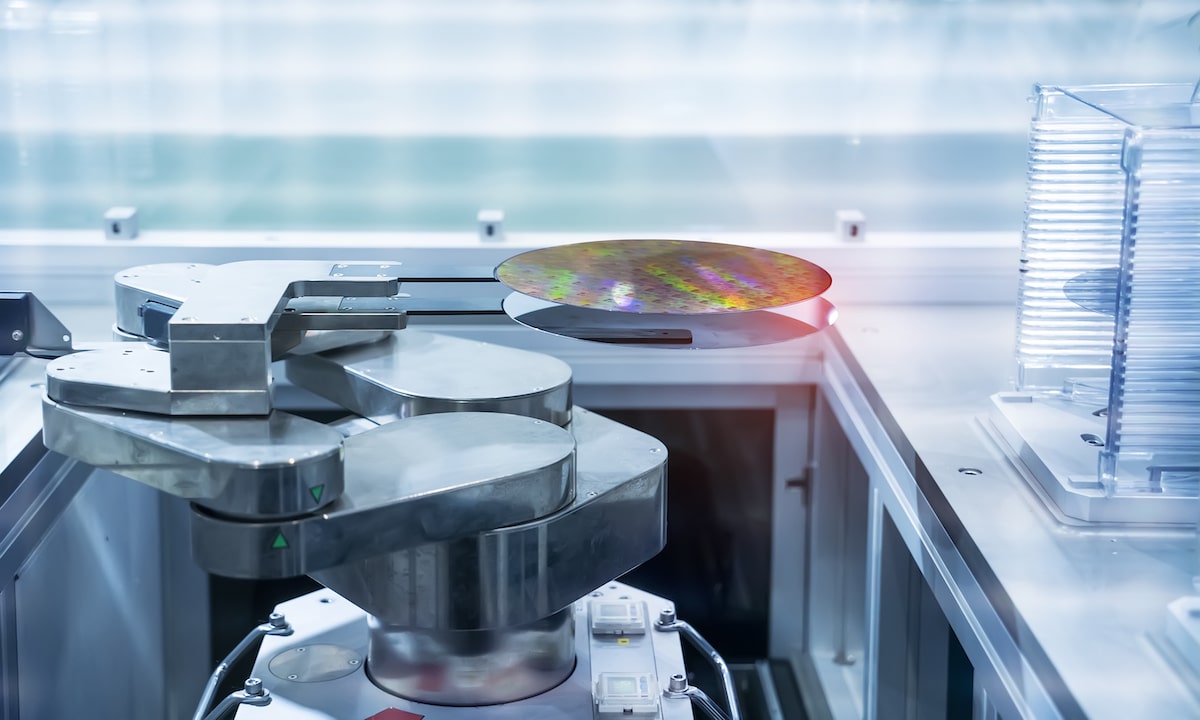It all starts with ... AdvanSix.
Industries AdvanSix Serves
It all starts with our essential chemistries that make innovative solutions possible. We strive to deliver best-in-class customer experiences and differentiated offerings that are the building blocks for countless products that touch people’s daily lives. Our portfolio of plant nutrients, chemical intermediates and nylon solutions are essential materials used in a wide range of industries.
Electrical + Electronics
AdvanSix. Good Chemistry.
As a diversified chemistry company, AdvanSix takes pride in our long legacy of success and our strong track record in serving as a trusted partner for our customers, with a diverse product portfolio that meets the needs of multiple industries. Our customers can count upon a reliable and sustainable supply of quality products that emerges from our integrated value chain of U.S. based manufacturing facilities.
Innovative
Our people are eager to explore new ways of solving problems and delivering solutions to meet our customers’ needs. Our trained iCoaches apply the principles of Systemic Innovative Thinking to solve challenges and embrace opportunities in new ways.
Always evolving
We are on a relentless mission to do better, every day. That includes a commitment to improving sustainability and continuing our journey to be a more equitable, diverse and inclusive employer.
People first
It all starts with people – our employees, communities, partners and customers. We come together to make this a stronger company, a tighter community, a better world.
Safe, effective products
We take pride in delivering safe and high quality products. Our relentless commitment to continuous discovery and innovation helps to meet our customers’ evolving requirements.
People & Careers
Every day, AdvanSix employees create chemistries that turn possibilities into solutions. Together with our customers, we touch the lives of millions around the world, in ways both big and small.
Sustainability at AdvanSix
Our essential role in global supply chains demands a higher standard. That’s why we continually strive to make a positive impact on the planet, while keeping the communities where we operate safe.













